Discover the power of Agile Project Management (APM), a flexible and efficient approach to managing projects in today’s fast-paced business environment. This guide breaks down the fundamentals of Agile, from its methodologies and principles to its benefits, helping you streamline your project management approach for better results.
Table of Contents
1. What is Agile Project Management?
Agile Project Management (APM) is a methodology that applies the principles of Agile to the management of projects. It emphasizes flexibility, team collaboration, and adaptability to emerging business realities.
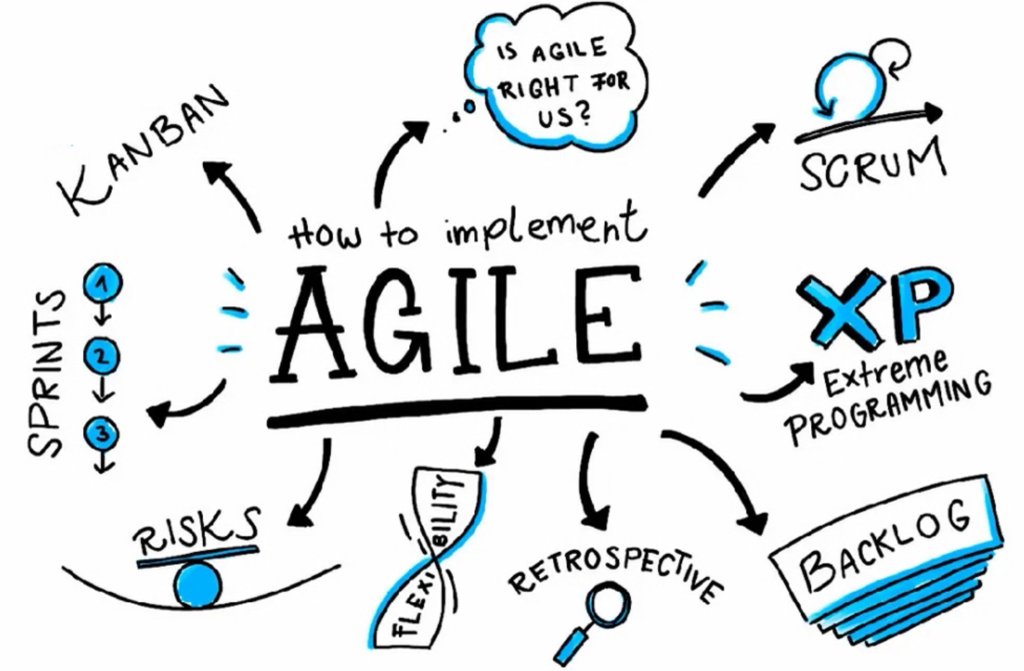
2. Some of the well-known Agile frameworks include:
- Scrum: Focuses on managing complex projects with iterative practices, emphasizing specific roles (Scrum Master, Product Owner) and events (Sprints, Sprint Reviews).
- Kanban: Aims to improve efficiency by visualizing work, limiting work in progress, and using Kanban boards for workflow visualization.
- Extreme Programming (XP): Centers on software development with practices like pair programming, test-driven development, continuous integration, and frequent releases.
- Feature-Driven Development (FDD): Focuses on building and designing specific features with short, feature-centric phases of work.
- Dynamic Systems Development Method (DSDM): Prioritizes business needs and iterative development, covering the entire project lifecycle.
- Crystal: A collection of methodologies adaptable to different team sizes and priorities, emphasizing individuals and interactions.
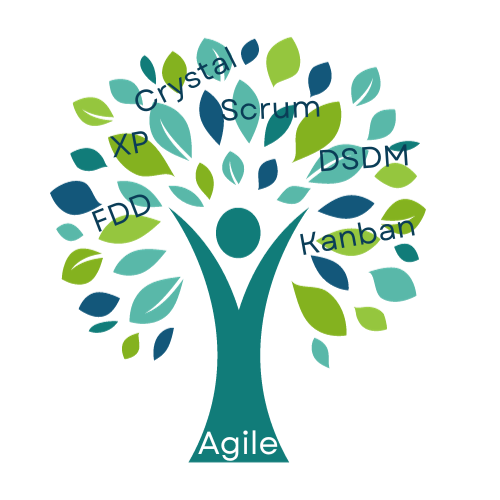
3. Agile methodology includes several key components:
- Iterative Development: Breaking down the project into smaller segments, often referred to as sprints or iterations.
- Collaboration: Encouraging teamwork and regular communication among all stakeholders.
- Adaptive Planning: Being open to changes in project requirements and priorities.
- Continuous Improvement: Regularly reviewing processes and results for efficiency and quality enhancement.
- Customer Feedback: Integrating feedback into the development process continuously.
4. The principles, as outlined in the Agile Manifesto, include:
- Customer satisfaction through early and continuous delivery.
- Welcoming changing requirements, even late in development.
- Delivering working software frequently.
- Close, daily cooperation between business people and developers.
- Projects built around motivated individuals.
- Face-to-face conversation is the best form of communication.
- Sustainable development pace.
- Continuous attention to technical excellence and good design.
- Simplicity.
- Self-organizing teams.
- Regular adaptation to changing circumstances.
5. Benefits of Agile Project Management
- Flexibility: Easily adaptable to changes.
- Increased Product Quality: Through continuous testing and feedback.
- Higher Customer Satisfaction: By involving the customer throughout the process.
- Improved Project Predictability: Due to regular sprints and set goals.
- Reduced Risks: Because issues are identified and addressed early.
6. How Agile Project Management Works
APM works through a series of iterative steps or sprints. Each sprint starts with a planning meeting, followed by the execution of tasks, and concludes with a review and retrospective. This cycle repeats, allowing for continuous improvement and adaptation.

7. Agile vs. Traditional Project Management.
Traditional (Waterfall):
- Less flexible to changes.
- Limited visibility until the project’s end.
- Delays and problems often go unnoticed until late in the process.
- Delivers all value at the end, with increased risks of rework if goals are not met.
Agile:
- Emphasizes flexibility.
- Provides continuous project visibility and feedback.
- Utilizes ongoing testing to identify issues early.
- Delivers value incrementally with progressively less risk, beginning with key features.
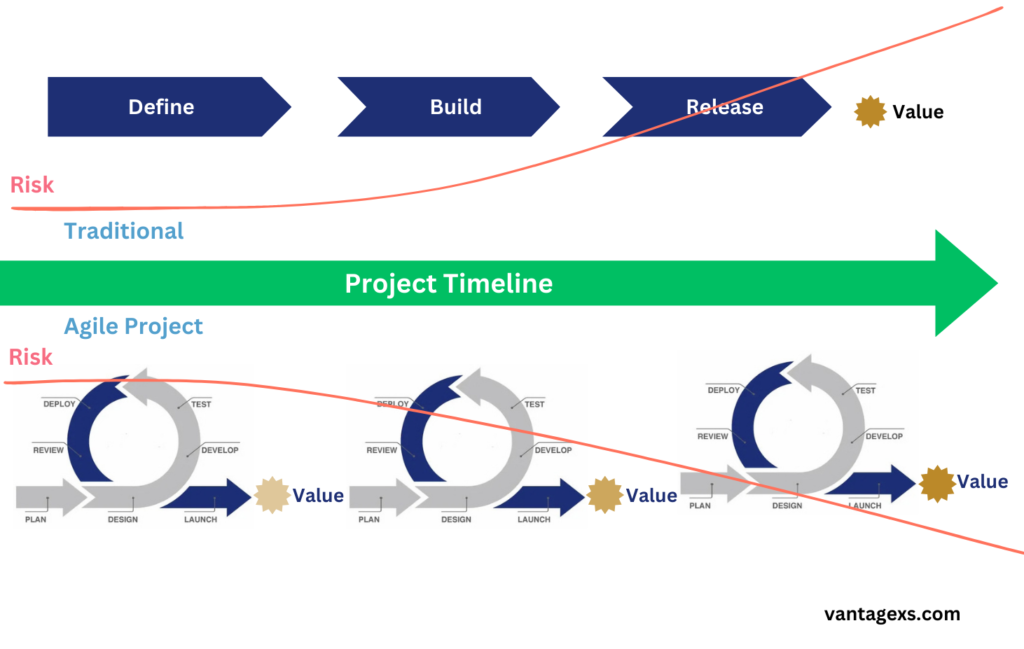
8. How Scrum Works With Agile Project Management.
- Scrum is a structured framework within Agile, aimed at efficiently delivering high-quality products.
- Involves distinct roles (Product Owner, Scrum Master, Development Team) and specific events (Sprints, Sprint Planning, Daily Stand-ups, Sprint Review, Sprint Retrospective).
- Ideal for projects with rapidly changing requirements, Scrum emphasizes disciplined management, regular inspection, and adaptation.
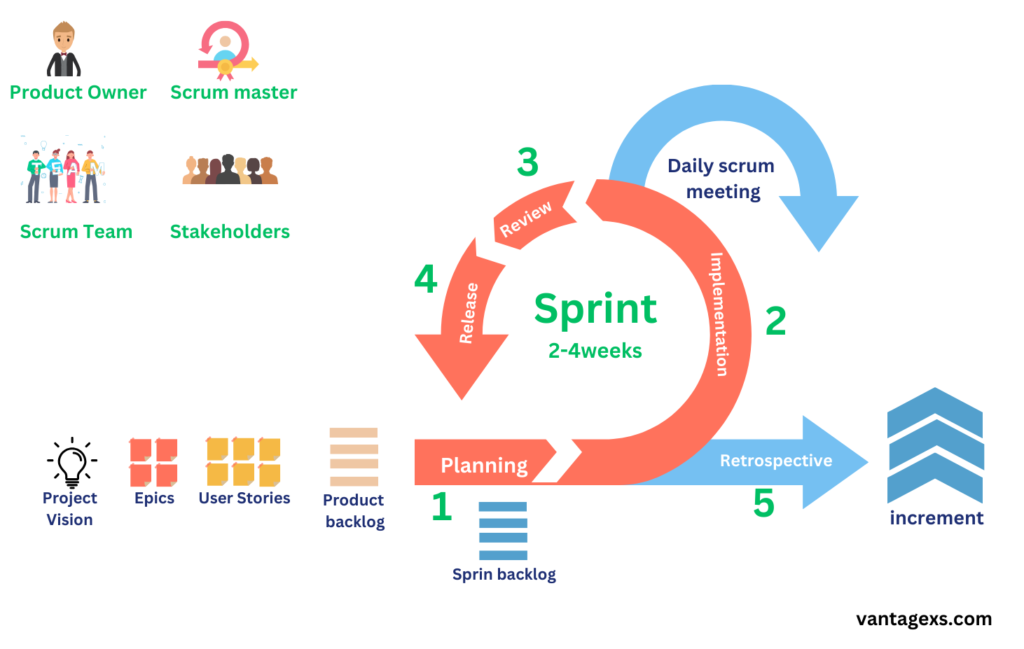
If you found this guide useful, please share and leave your comments below! Your feedback helps us create better content.
Or if you need help, contact the project advisor below:
Guide for Digital Project Management

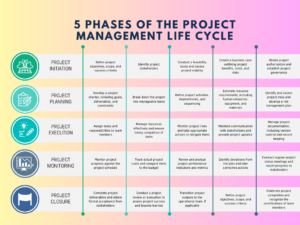
Pingback: Project Delivery Mastery: A Comprehensive Guide to Overcoming Challenges and Achieving Success in Various Fields 2023 - Project Management Expert
Pingback: Process Optimization: Transforming Project Management for Greater Efficiency and Success 2023 - Project Management Expert
Pingback: - Manage in your style Project Solutions: Effective Strategies and Tools for Managing Common Project Challenges 2023